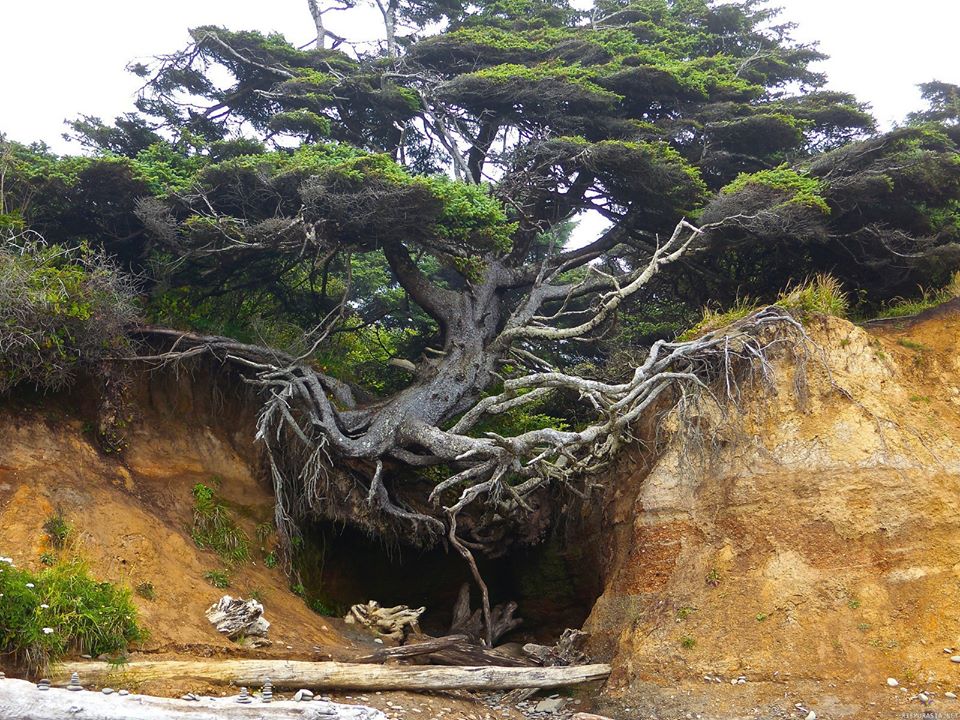If humans can overindulge over the Festive Season, so can animals. Why should humans be the only ones who have a celebration over this period? I know that you think that I have imbibed something stronger than the Christmas Spirit. Just to dispel such notions, I would like to show you a dozen photographs that will attempt to convince you that animals indeed do imbibe. What they consume, I am unaware of, but whatever it is appears to have the same effect on them as it does to humans.
Main picture: A Polar Bear using a pool as an impromptu toilet bowl. If you don’t believe me, just look inside the pool! On second thoughts, do not!
























